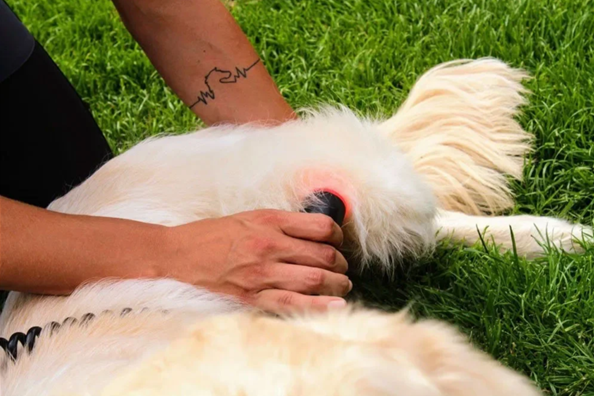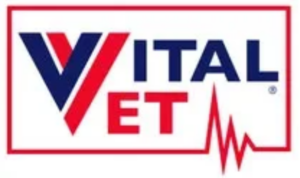TPLO Surgery: Post-Operative Rehab for Cruciate Rupture

Introduction:
Tibial Plateau Leveling Osteotomy (TPLO) surgery is a common procedure performed to address cranial cruciate ligament (CCL) injuries in dogs, aiming to stabilize the knee joint and alleviate pain. While surgical intervention is crucial for restoring stability, post-operative rehabilitation plays a pivotal role in optimizing recovery and restoring function. Physiotherapy, with its tailored exercises and modalities, offers numerous benefits in supporting dogs after TPLO surgery. In this article, we explore the multifaceted advantages of physiotherapy in enhancing the post-operative rehabilitation process for dogs undergoing TPLO surgery.
Understanding TPLO Surgery:
Benefits of Physiotherapy After TPLO Surgery:
1. Pain Management:
- Physiotherapy interventions, such as therapeutic exercises and modalities like laser therapy or transcutaneous electrical nerve stimulation (TENS), help alleviate post-operative pain and discomfort.
- Gentle massage techniques and manual therapy can also aid in reducing muscle tension and promoting relaxation, enhancing overall comfort during the recovery process.
2. Muscle Strengthening and Joint Stability:
- Targeted physiotherapy exercises aim to strengthen the muscles surrounding the knee joint, including the quadriceps, hamstrings, and gastrocnemius muscles.
- By improving muscle strength and endurance, physiotherapy enhances joint stability, supporting the repaired ligament and reducing the risk of re-injury.
3. Range of Motion and Flexibility:
- Passive range of motion exercises, stretching techniques, and joint mobilizations performed during physiotherapy sessions help maintain and restore normal joint range of motion.
- By preventing stiffness and promoting flexibility, physiotherapy facilitates smooth joint movement, enhancing functional recovery and mobility.
4. Rehabilitation of Gait and Movement Patterns:
- Physiotherapy interventions focus on correcting abnormal gait patterns and movement compensations that may develop post-surgery.
- Through gait training exercises, proprioceptive activities, and balance drills, physiotherapy promotes proper weight-bearing and encourages normalized movement patterns.
5. Enhanced Healing and Tissue Repair:
- Modalities such as therapeutic ultrasound and pulsed electromagnetic field therapy applied during physiotherapy sessions can stimulate tissue repair and accelerate the healing process.
- These modalities promote circulation, reduce inflammation, and facilitate the remodeling of scar tissue, ultimately enhancing the overall recovery outcome.
Conclusion:
Physiotherapy plays a crucial role in the comprehensive rehabilitation of dogs undergoing TPLO surgery, offering a spectrum of benefits that complement the surgical intervention. By addressing pain, enhancing muscle strength and joint stability, improving range of motion, correcting movement abnormalities, and promoting tissue healing, physiotherapy optimizes the recovery process and facilitates the return to normal function and activity levels for dogs post-TPLO surgery.
References:
- Bockstahler, B., & Levine, D. (2018). Rehabilitation and physical therapy for cranial cruciate ligament injury and postoperative management. Veterinary Clinics: Small Animal Practice, 48(1), 85-102.
- Marsolais, G., & McLean, S. (2019). Rehabilitation for the TPLO patient. Veterinary Clinics: Small Animal Practice, 49(1), 133-146.
- Wilke, V. L., & Robinson, D. A. (2018). Rehabilitation and physical therapy for cranial cruciate ligament repair. Veterinary Clinics: Small Animal Practice, 48(1), 57-84.
Contact Us
- 07300 020 514
- bookings@apolloanimalphysio.com
- apolloanimalphysio@gmail.com
- Apollo Animal Physiotherapy, Old Haine Road, Ramsgate, CT12 5AG






